Home>Home Appliances>Laundry Appliances>How Do I Reset My Samsung Washing Machine


Laundry Appliances
How Do I Reset My Samsung Washing Machine
Published: February 22, 2024
Learn how to reset your Samsung washing machine with our step-by-step guide. Keep your laundry appliances running smoothly.
(Many of the links in this article redirect to a specific reviewed product. Your purchase of these products through affiliate links helps to generate commission for Storables.com, at no extra cost. Learn more)
Common Issues with Samsung Washing Machines
Samsung washing machines are known for their reliability and advanced features, but like any appliance, they can experience issues from time to time. Understanding the common problems that may arise with Samsung washing machines can help users troubleshoot and address these issues effectively.
-
Unusual Noises: One of the most common issues with Samsung washing machines is the occurrence of unusual noises during operation. These noises can range from loud banging or thumping sounds to high-pitched squealing or grinding. They may be indicative of problems with the drum bearings, drive belt, or motor.
-
Leaking: Another prevalent issue is water leakage from the washing machine. Leaks can occur around the door seal, detergent drawer, or water inlet valves. Improperly sealed or damaged components can lead to water seepage, potentially causing damage to the surrounding area and posing safety hazards.
-
Failure to Start: Some users may encounter difficulties in getting their Samsung washing machines to start. This could be attributed to issues with the power supply, door lock mechanism, or control board. A failure to initiate the wash cycle can be frustrating and disrupt the laundry routine.
-
Incomplete Cycles: Samsung washing machines may also exhibit issues with incomplete cycles, where the machine stops mid-cycle or fails to progress through the designated stages. This can be caused by various factors such as unbalanced loads, clogged filters, or malfunctions in the electronic control unit.
-
Drainage Problems: Inadequate drainage or the inability to drain water effectively is another common issue. Clogged drain hoses, pump obstructions, or faulty drain pumps can impede the proper expulsion of water from the machine, leading to standing water and potential malodors.
-
Spin Cycle Issues: Some users may notice problems with the spin cycle, such as the drum failing to spin at the appropriate speed or not spinning at all. This can result in excessively wet clothes at the end of the cycle, indicating underlying issues with the motor, belt, or electronic components.
Understanding these common issues with Samsung washing machines is the first step in effectively addressing and resolving them. By recognizing the symptoms and potential causes of these problems, users can take proactive measures to troubleshoot their machines and ensure optimal performance.
Key Takeaways:
- Troubleshoot common Samsung washing machine issues like leaks and drainage problems. Reset the machine following simple steps, but seek professional help for persistent or complex problems.
- After resetting your Samsung washing machine, troubleshoot persisting issues like power supply and drainage. If problems persist, seek professional assistance for complex or unresolved malfunctions.
Read more: How Do I Reset My Washing Machine
Steps to Reset Your Samsung Washing Machine
Resetting your Samsung washing machine can help resolve various operational issues and restore it to proper functioning. Here are the steps to reset your Samsung washing machine:
-
Power Off: Start by turning off the washing machine and unplugging it from the power source. This initial step ensures safety and prevents any electrical mishaps during the reset process.
-
Wait for a Few Minutes: Allow the washing machine to remain unplugged for at least five minutes. This brief period of disconnection helps discharge any residual power and resets the internal components of the machine.
-
Plug It Back In: After the waiting period, plug the washing machine back into the power source. Ensure that the power cord is securely connected to the outlet to avoid any loose connections.
-
Select Reset Mode: Once the machine is powered on, locate the control panel or display. Depending on the model of your Samsung washing machine, there may be a specific reset button or a combination of buttons to initiate the reset process. Refer to the user manual for detailed instructions on accessing the reset function.
-
Initiate Reset: Follow the prescribed steps to activate the reset mode. This may involve pressing and holding the designated reset button or a sequence of buttons to trigger the reset process. The machine's display or indicator lights may provide visual cues to confirm that the reset is in progress.
-
Wait for Completion: Allow the washing machine to complete the reset procedure. This may take a few minutes, during which the machine's internal systems are recalibrated and restored to their default settings.
-
Test Operation: Once the reset is complete, test the washing machine by running a short cycle with no laundry. Observe the machine's performance and check for any lingering issues that may have been resolved through the reset process.
By following these steps, you can effectively reset your Samsung washing machine and potentially address common operational issues. However, if the problems persist despite the reset, it may be necessary to explore further troubleshooting measures or seek professional assistance to diagnose and resolve the underlying issues.
Troubleshooting Tips for Samsung Washing Machine Reset Issues
After performing a reset on your Samsung washing machine, it's essential to troubleshoot any persisting issues to ensure that the reset effectively resolves operational problems. Here are some troubleshooting tips to address common concerns following a reset:
-
Check Power Supply: Verify that the washing machine is receiving adequate power. Ensure that the power cord is securely plugged into the outlet and that the outlet itself is functioning correctly. In some cases, power fluctuations or electrical issues can impact the machine's performance even after a reset.
-
Inspect Water Supply: Confirm that the water supply to the washing machine is uninterrupted and that the inlet hoses are free from kinks or blockages. Inadequate water supply can hinder the machine's ability to operate optimally, leading to errors even after a reset.
-
Examine Drainage System: Inspect the drain hose for any obstructions or kinks that may impede proper drainage. Additionally, check the drain pump and filter for debris or foreign objects that could hinder the drainage process. A clogged drainage system can cause persistent issues despite a reset.
-
Balance the Load: Unevenly distributed laundry loads can lead to operational issues, even after a reset. Ensure that the laundry is evenly distributed within the drum to prevent imbalance-related errors during the wash cycle.
-
Clean Filters and Dispensers: Over time, detergent and fabric softener residues can accumulate in the machine's dispensers and filters, affecting its performance. Clean these components thoroughly to ensure unobstructed flow and proper dispensing during the wash cycle.
-
Inspect Door Seal and Lock: Check the door seal for any signs of damage or wear that may compromise the machine's ability to seal properly. Additionally, ensure that the door lock mechanism is functioning correctly to prevent errors related to door closure.
-
Review Error Codes: If the washing machine displays error codes after a reset, refer to the user manual to interpret these codes. Understanding the specific error can provide valuable insights into the underlying issue and facilitate targeted troubleshooting.
-
Professional Assessment: If the troubleshooting steps do not resolve the issues, consider seeking professional assistance from authorized service technicians. They can conduct a comprehensive assessment of the washing machine to diagnose and address any underlying mechanical or electronic issues.
By diligently troubleshooting the washing machine following a reset, users can effectively identify and address persistent operational issues, ensuring that the reset process leads to restored functionality and optimal performance.
When to Seek Professional Help for Samsung Washing Machine Reset
While performing a reset can often resolve minor operational issues with Samsung washing machines, there are instances where professional assistance becomes necessary to address more complex or persistent problems. Recognizing when to seek professional help for Samsung washing machine reset issues is crucial in ensuring the appliance's long-term functionality and performance.
Persistent Error Codes
If the washing machine continues to display error codes or indicators of malfunction even after a reset, it may indicate underlying technical issues that require expert diagnosis. Professional technicians have the expertise to interpret error codes accurately and identify the specific components or systems causing the errors.
Read more: How Do I Clean My Samsung Washing Machine
Unresolved Mechanical Malfunctions
In cases where the washing machine exhibits persistent mechanical malfunctions, such as unusual noises, erratic drum movements, or failure to complete cycles, professional intervention is advisable. These issues may stem from complex mechanical failures that necessitate thorough inspection and repair by qualified technicians.
Electrical and Electronic Faults
Issues related to the washing machine's electrical and electronic systems, including control boards, sensors, and wiring, often require specialized knowledge and diagnostic tools for resolution. Professional technicians are equipped to assess and address these intricate components effectively.
Warranty and Authorized Service
Seeking professional help from authorized service providers is particularly important for Samsung washing machines still under warranty. Certified technicians are trained to adhere to manufacturer guidelines and utilize genuine replacement parts, preserving the warranty coverage and ensuring the appliance's compliance with quality standards.
Complex Diagnostic Procedures
Certain operational issues may involve intricate diagnostic procedures beyond the scope of user-performed resets and basic troubleshooting. Professional technicians possess the skills and resources to conduct comprehensive diagnostic assessments, pinpointing underlying issues accurately.
Safety and Compliance
When dealing with complex appliances such as washing machines, safety and compliance with industry regulations are paramount. Professional technicians are well-versed in safety protocols and regulatory standards, ensuring that repairs and maintenance are conducted with the utmost care and adherence to industry guidelines.
Specialized Tools and Equipment
Professional service providers have access to specialized tools, diagnostic equipment, and technical resources specifically designed for servicing Samsung washing machines. These resources enable them to perform thorough inspections, precise adjustments, and effective repairs.
Recognizing the limitations of DIY troubleshooting and the complexity of certain washing machine issues is essential in determining when professional help is warranted. By engaging the expertise of qualified technicians, users can ensure the thorough and accurate resolution of operational issues, prolonging the lifespan and performance of their Samsung washing machines.
Frequently Asked Questions about How Do I Reset My Samsung Washing Machine
Was this page helpful?
At Storables.com, we guarantee accurate and reliable information. Our content, validated by Expert Board Contributors, is crafted following stringent Editorial Policies. We're committed to providing you with well-researched, expert-backed insights for all your informational needs.

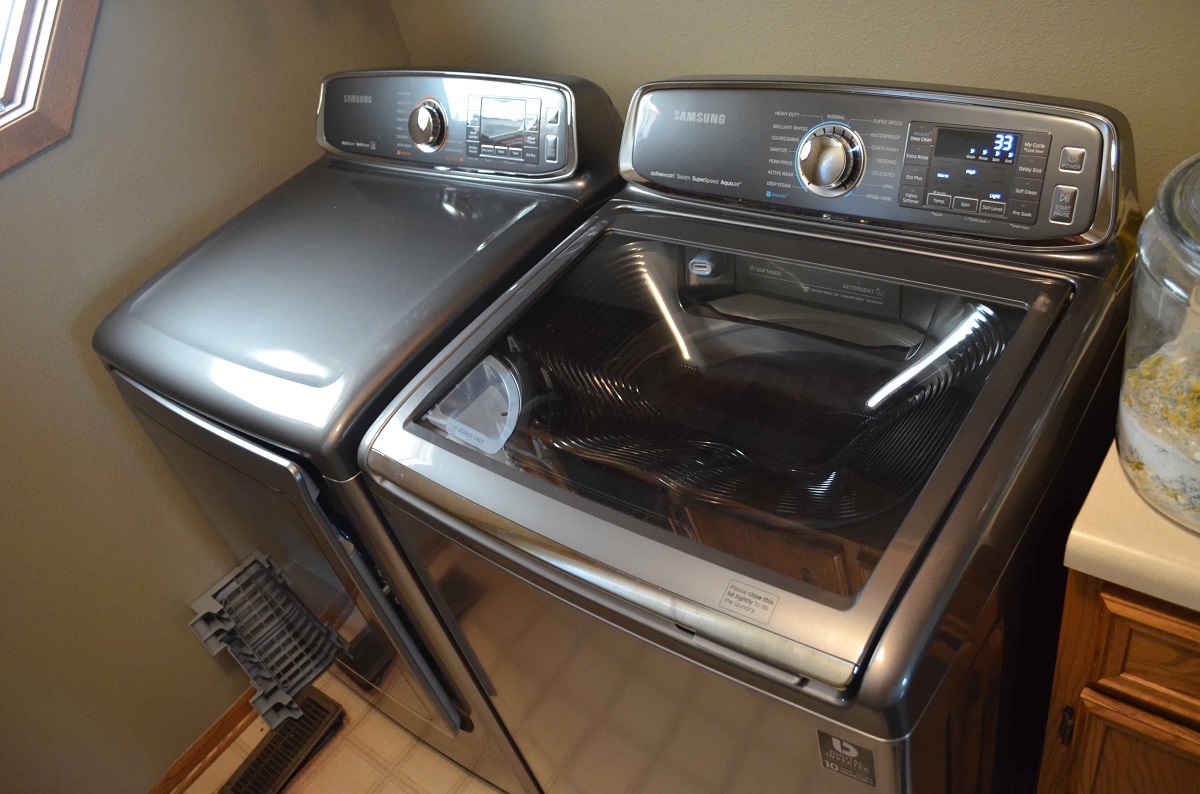
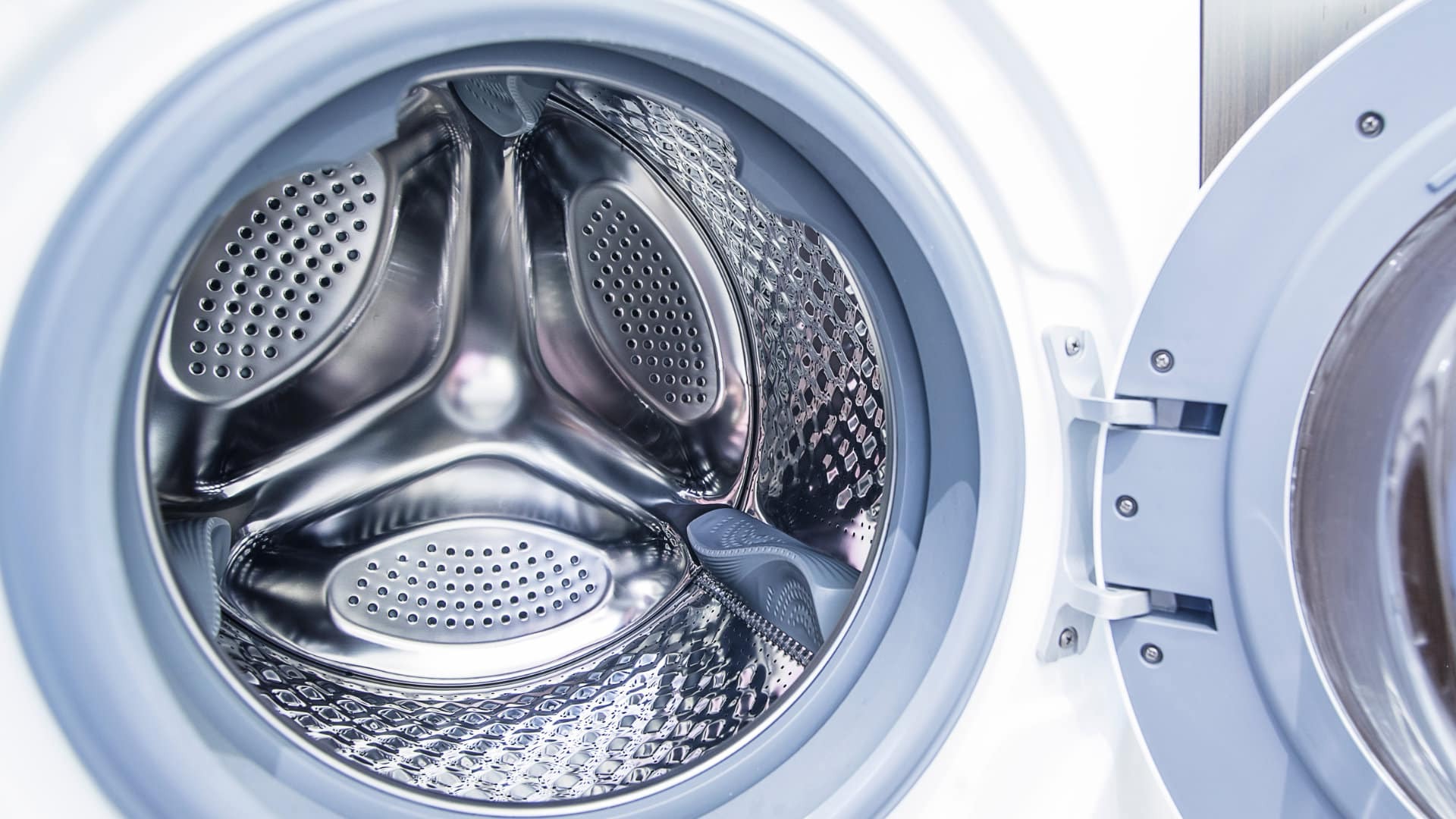
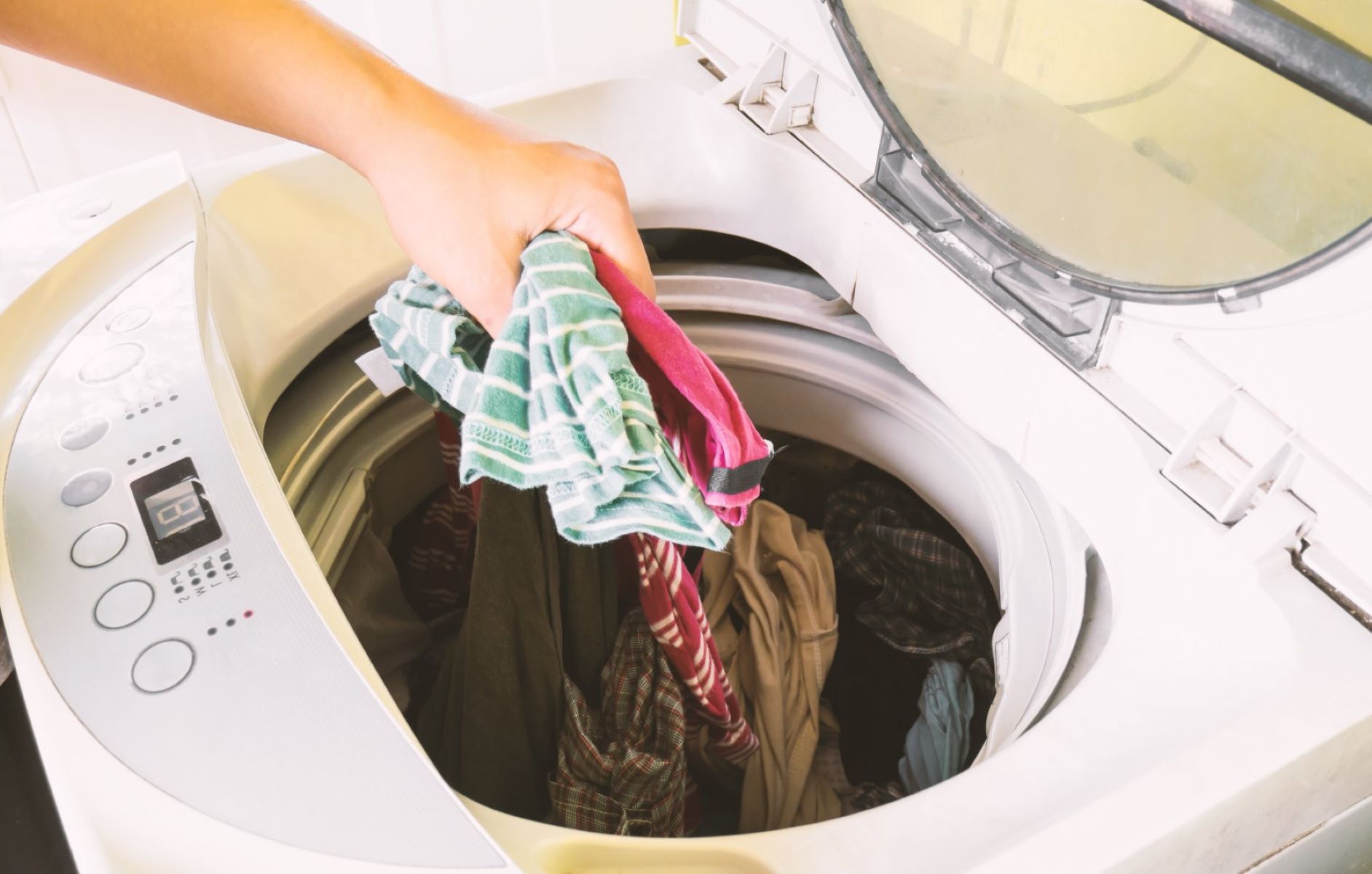
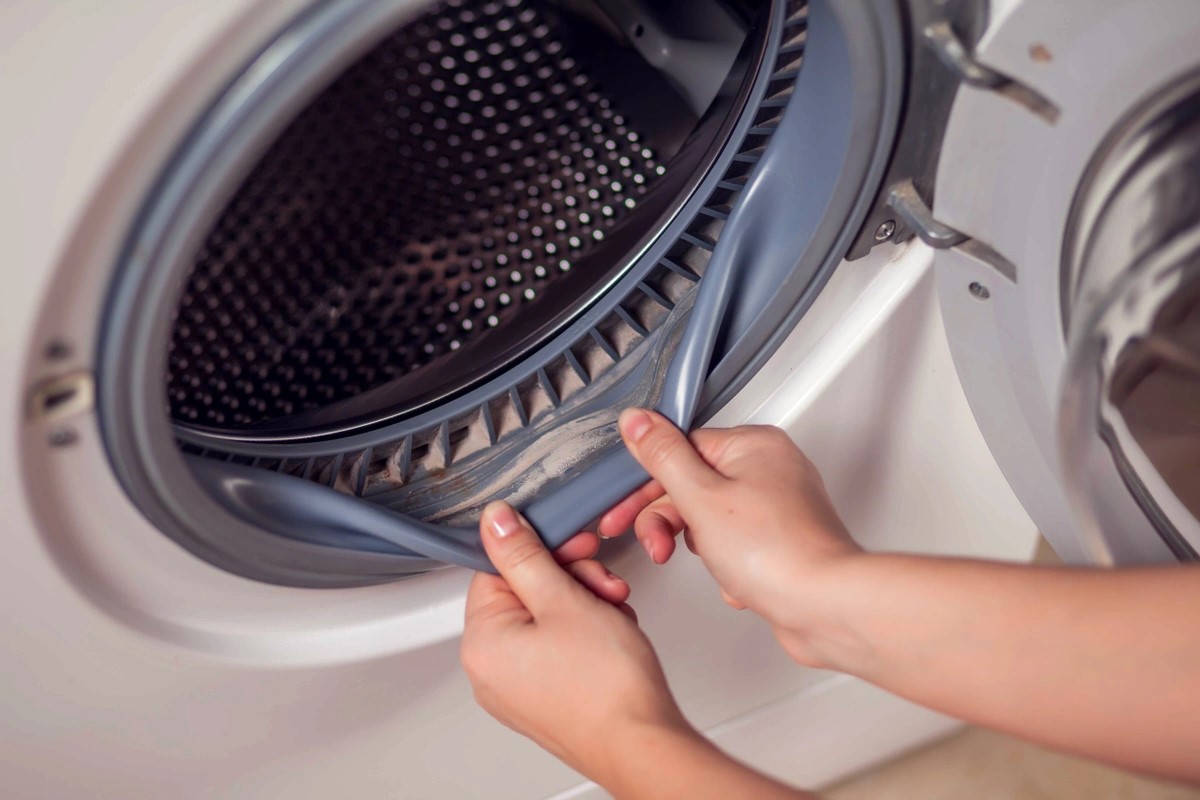
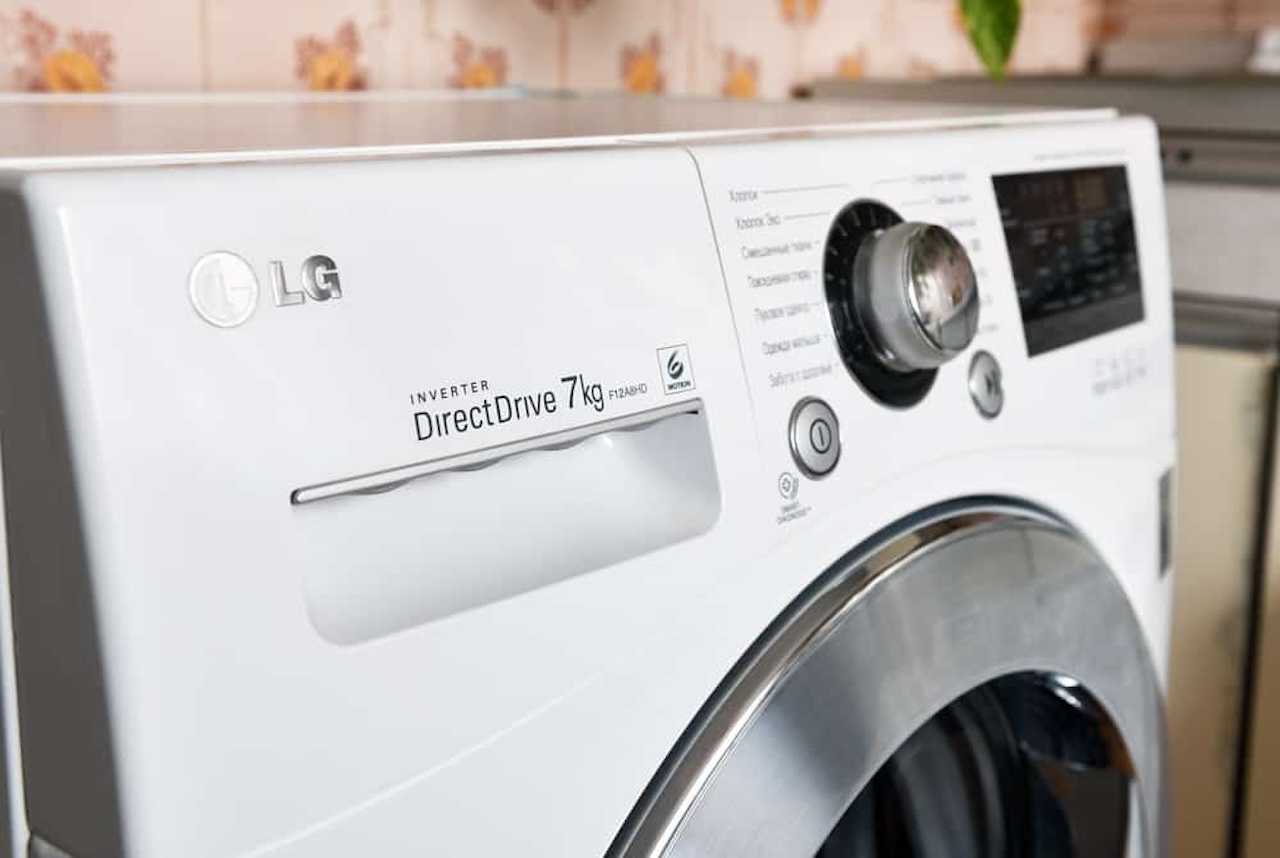
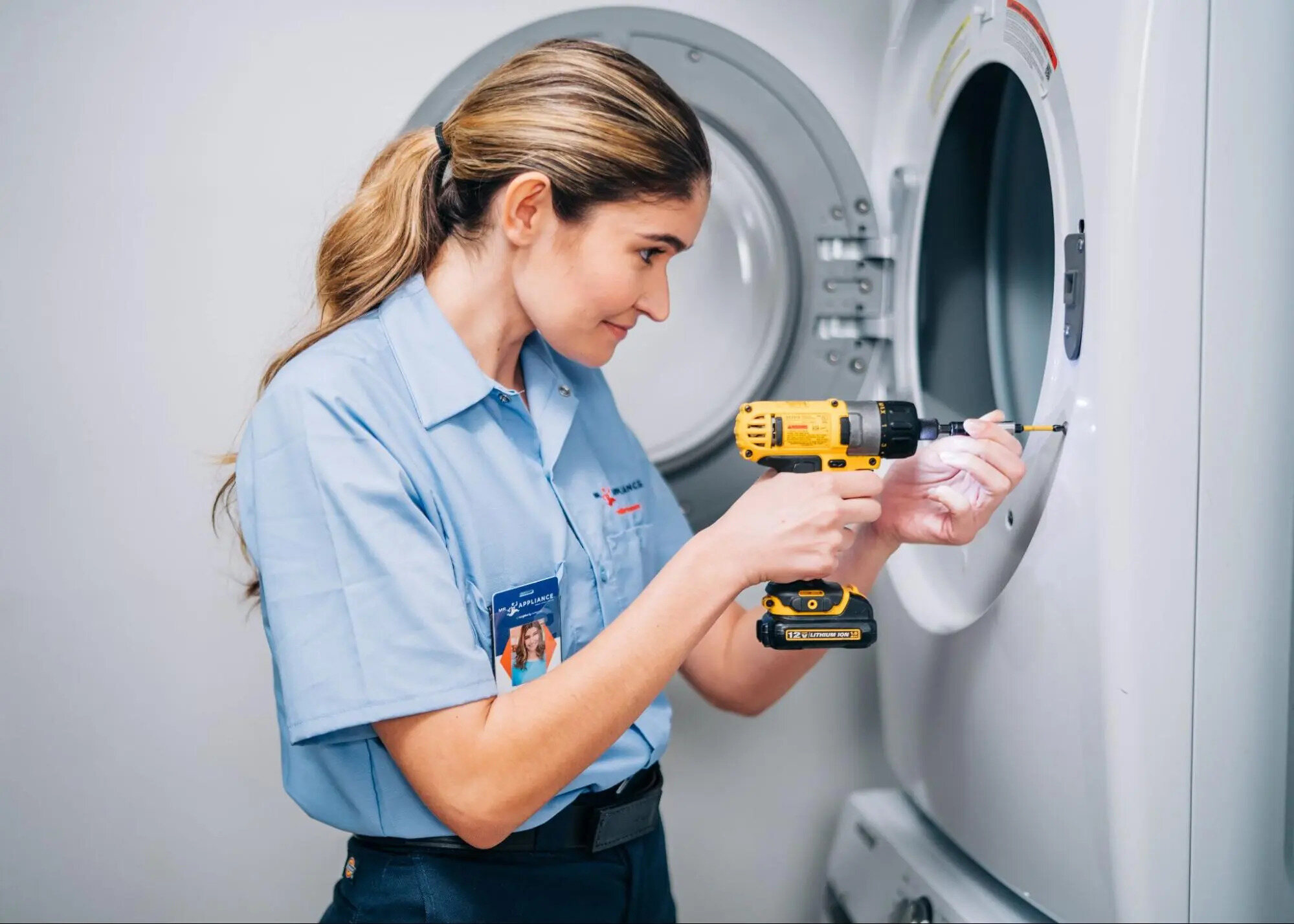
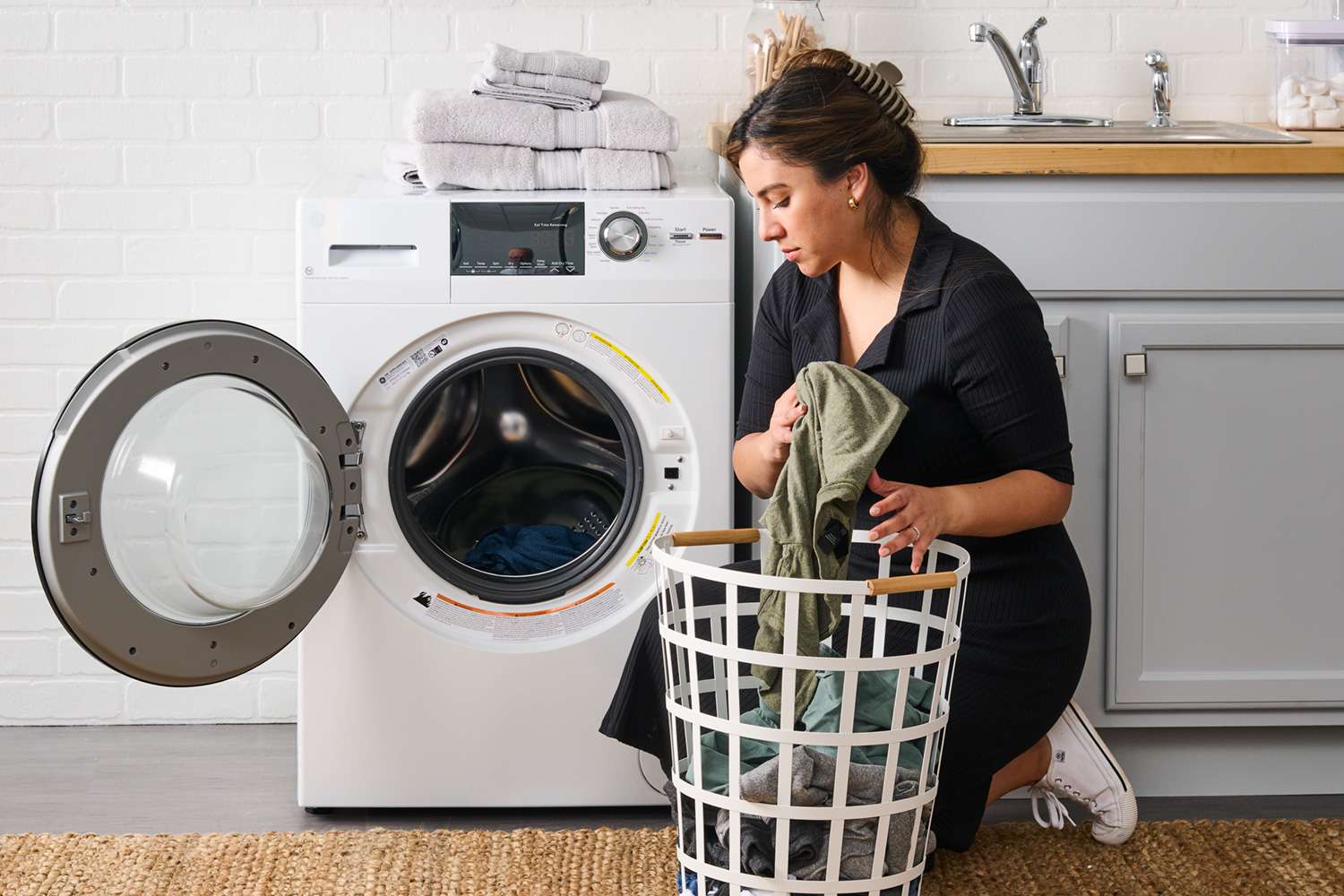
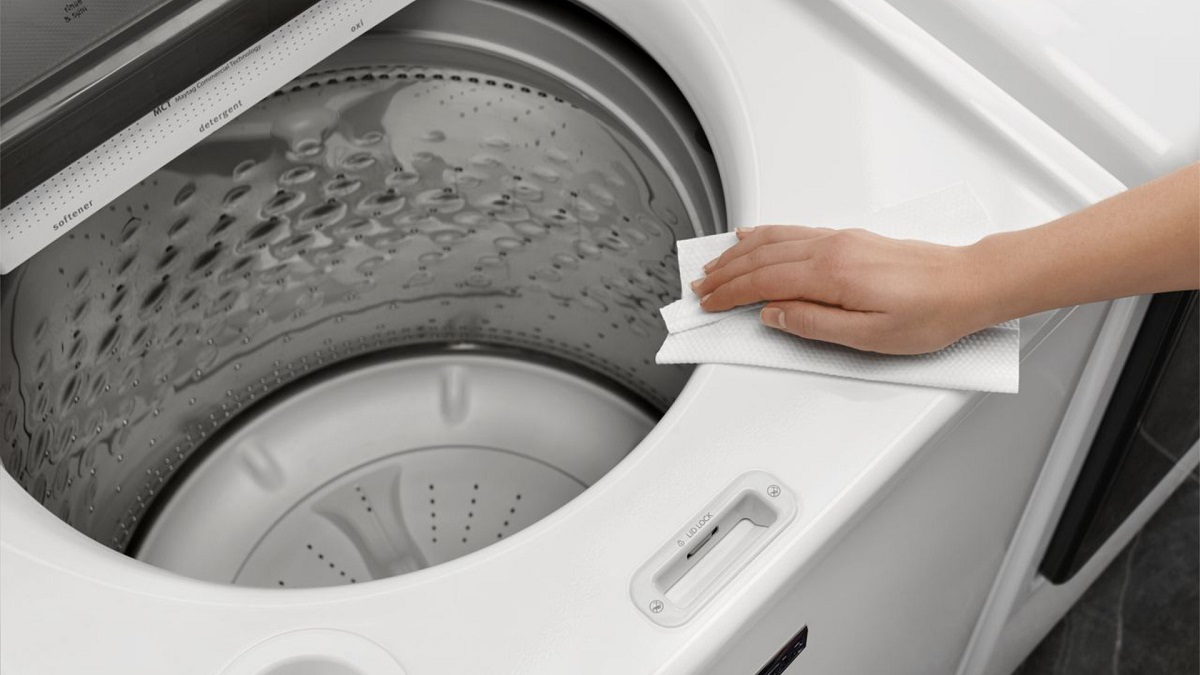
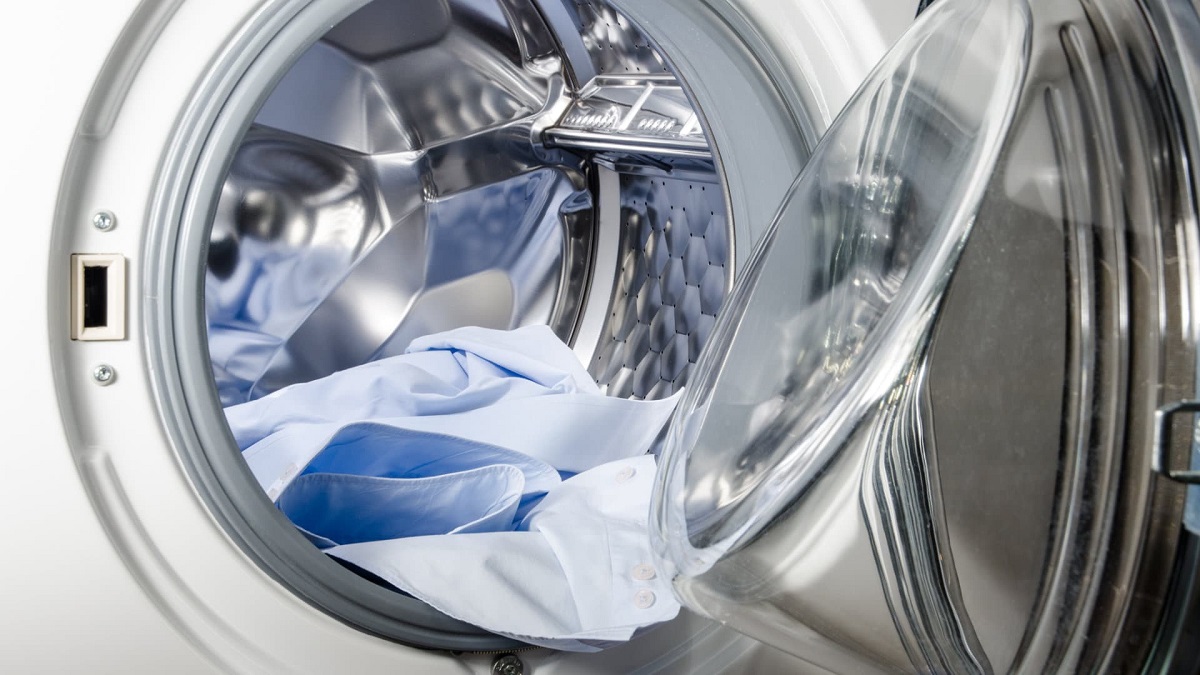

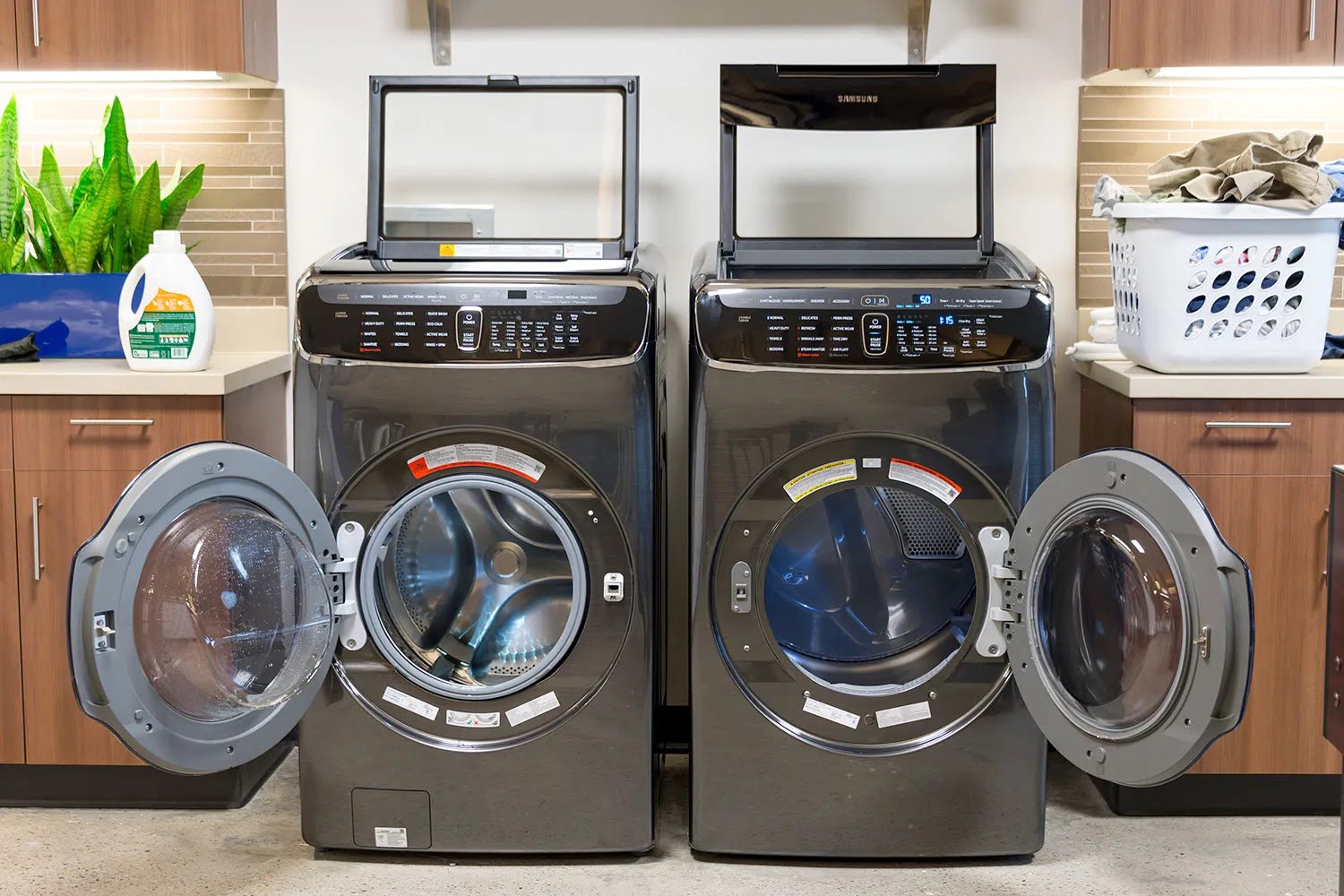


0 thoughts on “How Do I Reset My Samsung Washing Machine”